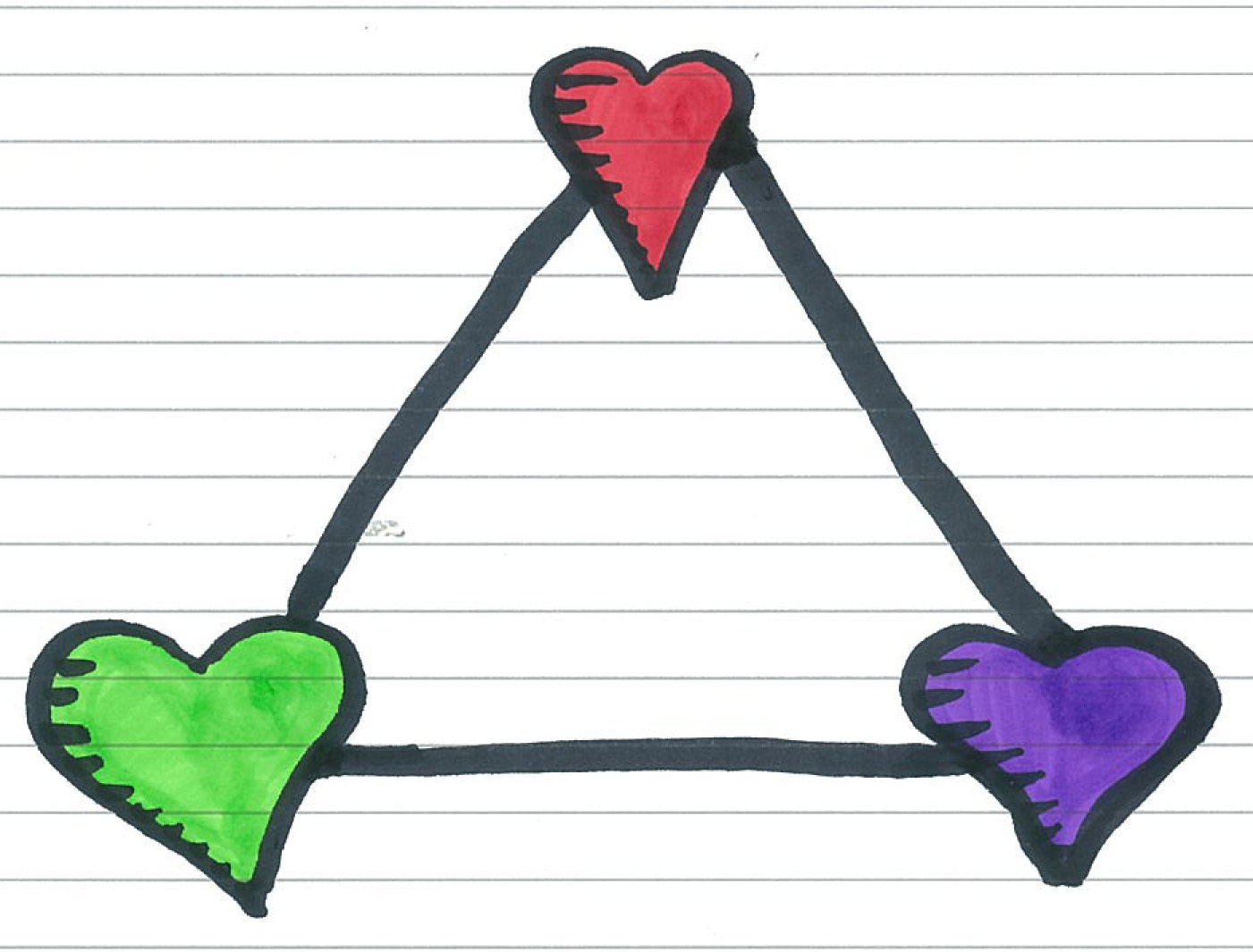Just Looking
 Fran is looking at Andre, who is looking at Gregor.
Fran is looking at Andre, who is looking at Gregor.
Fran is married and Gregor is not.
Is a married person looking at a person who is not married?
This section requires Javascript.
You are seeing this because something didn't load right. We suggest you, (a) try
refreshing the page, (b) enabling javascript if it is disabled on your browser and,
finally, (c)
loading the
non-javascript version of this page
. We're sorry about the hassle.
3 solutions
However the question does not state if andre is alive
Log in to reply
It doesn't state if Andre (or any of them) is a person either.
wow this is a nice problem
I can't understand!
Log in to reply
Mark is splitting up the situation into all possible cases. Since it's not stated whether Andre is married or not, he could be either. We can all agree that Andre is either married or not married; there is no in-between or other option. Therefore, if we can prove that someone married from the group (not just Andre) is looking at an unmarried person for both possible cases (Andre is either married or not), then there has to be someone married looking at someone not married. If Andre's not married, Fran (married) is looking at someone not married (Andre). If he is married, he's looking at someone not married (Gregor). Therefore, for all possible cases, someone married is looking at someone not married.
The picture may have also rose some confusion. Here, looking does not imply looking for a partner, but simply looking, and nothing else. You could replace "looking" with "waving his/her hand" without any change to the logic.
Hopefully this clears up any confusion.
Log in to reply
Thanks, Chad. I've tried to make my solution clearer too.
How is this disjunctive syllogism? I get that the problem is of P or Q, but where is (not P) here?
Log in to reply
Either: (Andre is married) or Not (Andre is married). If (Andre is married) then (A married person is looking at a person who is not married). If Not(Andre is married) then (A married person is looking at a person who is not married). Therefore, (A married person is looking at a person who is not married).
But disjunctive syllogism doesn't have to start with a premise of P-or-Not-P. It's fine for it to be a premise of P or Q for any Q. For instance (just an example; the statements may be true or false):
Either Clinton will be the next President or Sanders will be the next President.
lf Clinton is the next President, a Democrat will be the next President.
If Sanders is the next President, a Democrat will be the next President.
Therefore, a Democrat will be the next President.
Simply put, there are only two possible combinations. Let M denote a married person and U denote an unmarried person. Going on the assumption that a person must be married or unmarried, and not both, there are two possible combinations:
M M U
M U U
If Andre is married, then he will be looking at the unmarried Gregor, therefore fulfilling the condition.
If Andre is unmarried, then he will be looked at by the married Fran, therefore fulfilling the condition.
∴ A married person is looking at an unmarried person.
Fran --> Andre --> Gregor
Married --> Married or Unmarried --> Unmarried
therefore either:
Married --> Married --> Unmarried
or
Married --> Unmarried --> Unmarried
Fran = Married; Gregor = Unmarried; Andre = Can either be Married or Unmarried; - In case Andre is Married, he would be looking at Gregor(Unmarried). so a married person would be looking at an unmarried person - In case Andre is unMarried, Fran (Married) would be looking at him. so again a married person would be looking at an unmarried person. so in all cases, a married person is looking at a person who is not married.
Disjunctive syllogism is the following kind of reasoning:
In this case: